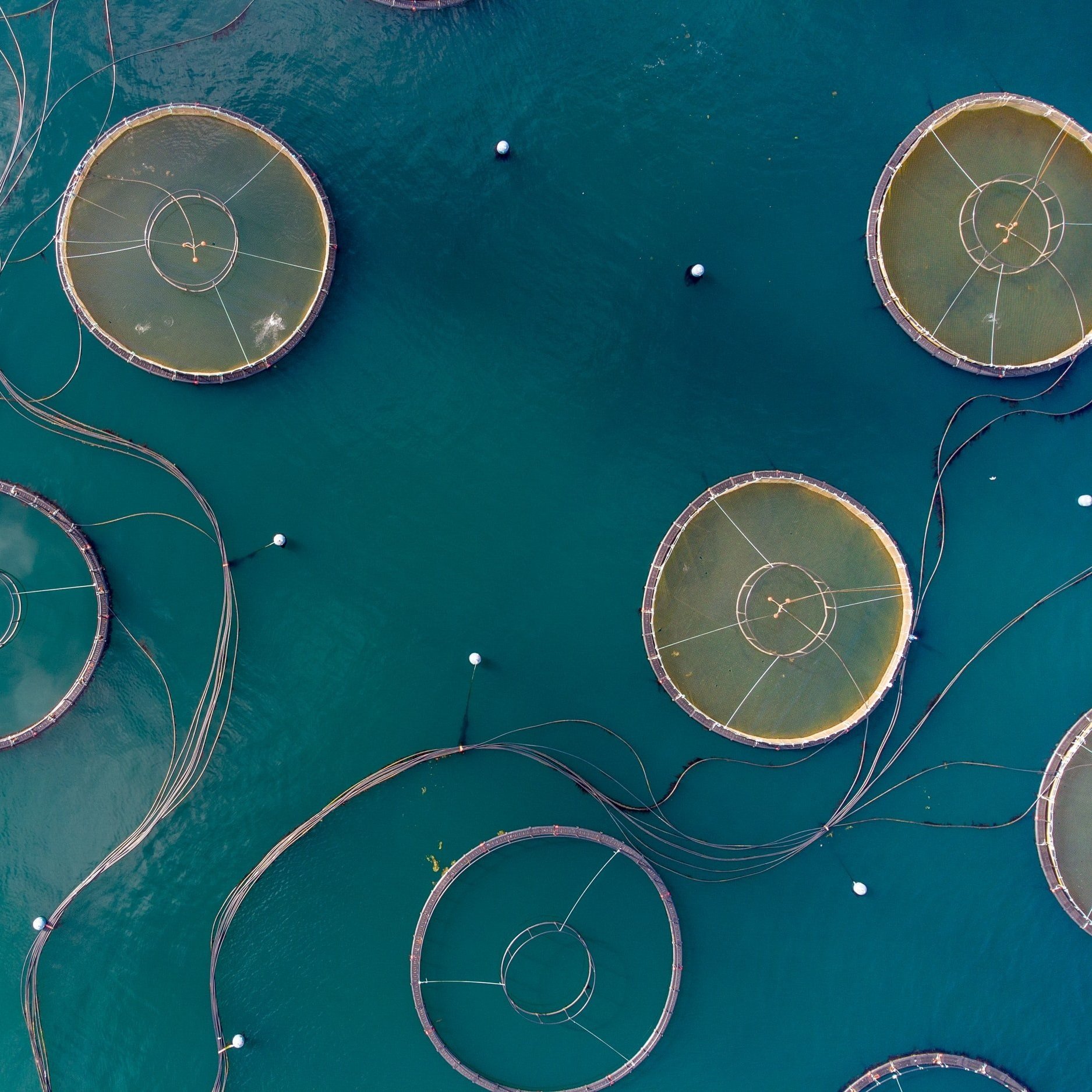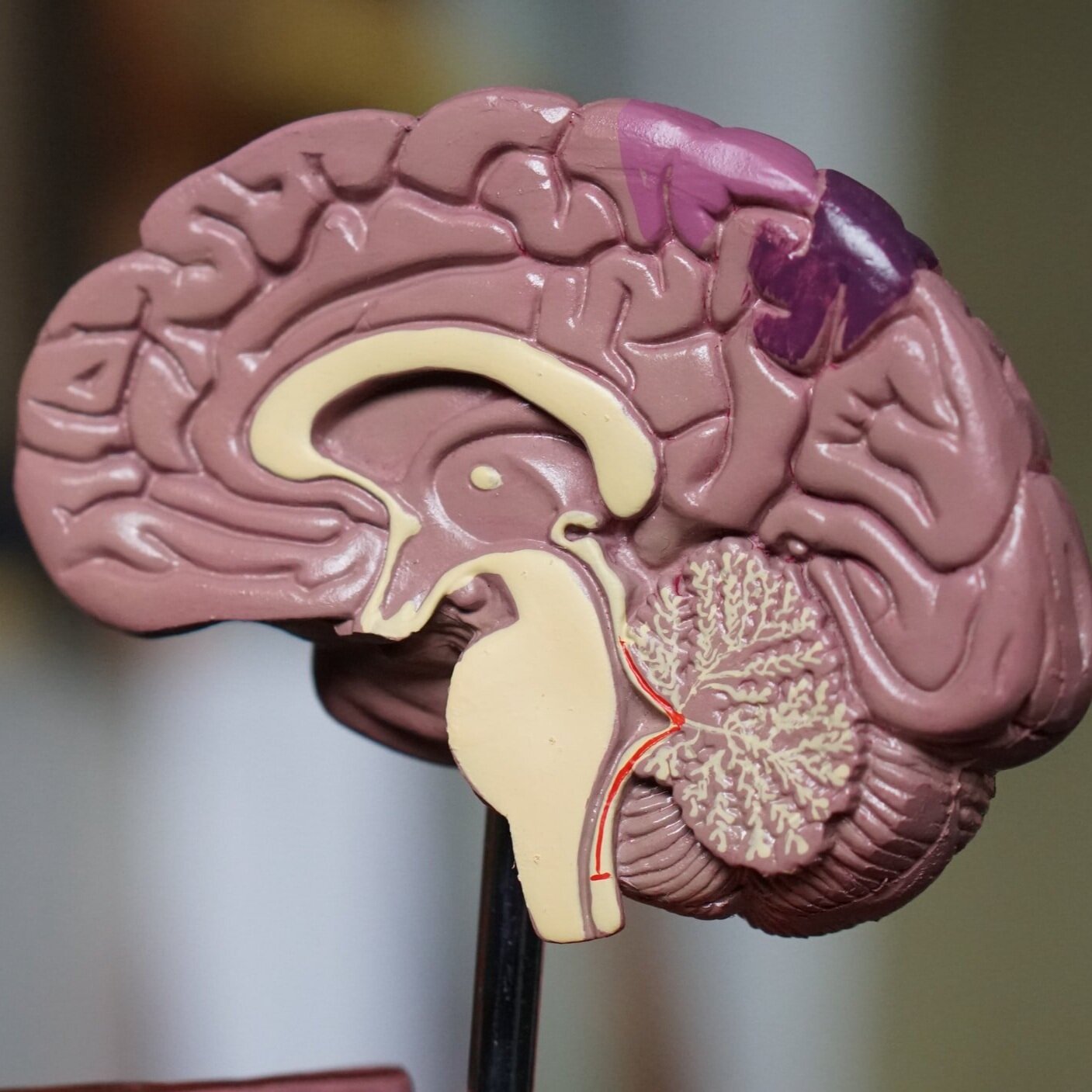Latest Articles
Sort by SDGs…
Or by Style…

The Biofuel Revolution: What Plant-Based Propulsion Means for Novel Aircraft Design
In this informative article, Vaibhav Rau discusses the necessity of the aviation sector moving towards biofuels in order to reduce carbon emissions. Biofuels are an easy and sustainable method that has great potential within this industry.

The Role Of Emerging Technologies In Ocean Conservation
In the battle for our oceans, technology stands as a powerful ally. Drones tirelessly combat plastic pollution, biomimetic robots safeguard fragile deep-sea ecosystems, and AI systems protect magnificent whales. These innovations are the keys to unlocking a brighter future for our oceans, offering hope and solutions where they're needed most.

Paving the Path to Patient-Centered Care: Precision Medicine
With millions of people suffering with cancerous tumors every year, Kavya Venkatesan discusses the potential of patient-centred medicine in cancer treatment.

When Climate Change “Meats” STEM
One quarter of the world’s greenhouse gas emissions come from food production, a significant portion of which can be sourced to the meat and dairy industry. Samiksha Manoharan discusses the possibility of using STEM innovation in the form of lab-grown meat to mitigate the meat industry’s impact on the environment.

Biomarkers: A Useful Asset in Predicting, Diagnosing & Treating Disease
Biomarkers are quantifiable medical indicators, used in diagnosis, screening and to assess the effects of medical treatments. Kiran Bashir explains their current uses, limitations and what the future looks like for these useful clinical tools.

Innovating More Sustainable Aquaculture
Aquaculture provides almost half of all seafood eaten globally. But, farming seafood is not without environmental impact, and can disrupt the balance of seafood in the ocean. Kavya Venkatesan & Nina Khera look into how technology is being used to create more sustainable aquaculture.

CAR-T Cell Therapy: Revolutionizing Cancer Treatments Day-By-Day
CAR-T-Cell therapy is a rising treatment of blood-related cancers, which is already saving lives. In this article, Tvisha Chandupatla explains how CAR-T-Cell therapy works, and what the future might look like for cancer treatments.

Food For Mood: An Insight Into The Link Between The Gut and The Brain
Is there a definitive link between your food and your mood? In this article, Morgan looks into how nutrition may impact your mental health, exploring the link between your gut microbiome and your brain.

Can Quantum Mechanics Help Beat Climate Change?
Climate change is one of the most pressing issues of our times, but the slow political progress of climate action has put an increasing focus on technological solutions to combat climate change. Sahaana Vijay explains why we should try to tackle climate change quantum mechanically, and how quantum computing could provide a solution.

Did Tardigrades Meet the Quantum World? Or Was it Just a (Micro) Hoax?
In a nuanced exploration of quantum entanglement, Izzy Johnson and Yordanose Tefferi delve into the world of tardigrades - resilient microorganisms known for their ability to endure harsh environments. This article critically examines recent claims regarding tardigrades' entanglement with qubits, offering a balanced perspective on the scientific community's response and the need for further research and peer review.

Harnessing Domestic Technology and Innovations
Innovation and advancement in technology cannot be achieved without an enabling environment to support the process. Onukelobi Chibueze Godwin gives his perspective on investments in infrastructure and why they are crucial to achieving sustainable development.

The Development of Cancer - From A Faulty Gene to One Too Many Cigarettes
Cancer research is an area of medicine that is continually growing and progressing, mainly due to the complexities of the disease itself. Bianca Mirpuri looks deeper into the reasons why cancer cells develop and highlights the point that said reasons are much more complex than one might initially expect.

Biomimicry of Aquatic Organisms in Engineering
While engineering can create outstanding products for human convenience, nature’s adaptations have been perfected over 3.8 billion years, and therefore have huge potential use as inspiration to solve human challenges. Alvina Mishra delves into the potential of mimicking underwater life, and explores the challenges of commercialising biomimetic ideas and possible ways to overcome them.

Delivery Drones: The Future of Shopping
There is much speculation around the use of drones to transport shopping from sellers to consumers. Vishini Giga explores the potential impacts of their use, and asks whether drones will be the future of shopping.

LGBTQ+ People Changing the World Through STEM: Celebrating Pride 2021
To celebrate Pride Month 2021, members of our Youth STEM Matters Volunteer Team are shining the spotlight on some of their favourite world-changing LGBTQ+ people in STEM!

Sex Differences in the Brain - a Myth?
How often have you heard phrases like ‘women are naturally more empathetic’ or ‘men have more mathematical brains’? And does science support this? Shalini Sellam investigates.

An Introduction to Monoclonal Antibodies and Their Uses
The way problems are approached in the medical field is changing thanks to new discoveries and technological advancements, with monoclonal antibodies being a key discovery. Kassthury Nageswaralingam introduces their range of uses in diagnosing and treating disease.
[Image Credit: NIAID / CC BY 2.0]

The Role of Radioisotopes in Medical Diagnostic Procedures
Have you ever wondered what nuclear medicine expects to accomplish? Kiran Bashir explores the role of radioisotopes in diagnostic procedures, and the challenges associated with their availability for patients.

Breaking Barriers With Bitcoin
The cryptocurrency bitcoin allows secure and transparent transactions to take place, however, this comes at an environmental cost. With artwork by Esra Almaeeni, Kavya Venkatesan explores the impact of bitcoin on the SDGs and discusses the two sides to this coin.

How Transistors Facilitated the Space-Age and How Far They’re Going to Take Us
Transistors are perhaps the greatest invention of the 20th century enabling the switch from large processing systems to the handheld devices we all now own. But what role did they play in space exploration and how are these small electronic devices going to improve our healthcare? With artwork by Amber Briscoe, Lily Tierney explains.


















